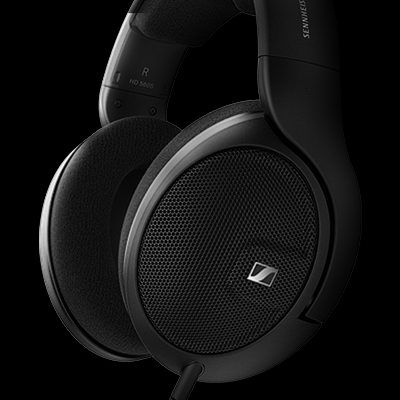protoss
Headphoneus Supremus
- Joined
- Mar 21, 2017
- Posts
- 2,500
- Likes
- 3,981
@Sennheiser
@ericpalonen
The ultimate headphone is a modular one. I asked @RAAL to create multiple drivers for their headset. But it seemed too demanding for them. A missed opportunity. Foolish in not understanding what I asked of them.
What if a headphone is similar to a DSLR Camera? A based model. Lets take the HD800. A based HD800 shell. That you can swap drivers in and out easily. Different signatures. From bright to Warm.
Lets simplify it.
1. A based HD800 shell or any headphone you like.
2. A access slot or section with clicks or twist or pull, that the driver is easily replaced and swap out with a different tuning one.
3. A selection of dozens of sound signatures to choose from. From reference to V shape.
4. Swap out drivers, earpads, and cables to your likening by the customer in seconds.
5. Headphones must be lightweight. Less than 500g
This is not only revolutionary, but future proof. Every year you, @Sennhesier can release a new improve driver. A Summit-fi driver that can easily be installed in the based shell. Instead of re-creating a brand new headphone with base and driver and earpads.
You can just create drivers. From $1000 to $3000 to $5000 drivers. Just like camera lens.
Modular headphones is what I consider the ultimate futuristic headphone. Whoever dose this wins the battle.
All credit goes to protoss

@ericpalonen
The ultimate headphone is a modular one. I asked @RAAL to create multiple drivers for their headset. But it seemed too demanding for them. A missed opportunity. Foolish in not understanding what I asked of them.
What if a headphone is similar to a DSLR Camera? A based model. Lets take the HD800. A based HD800 shell. That you can swap drivers in and out easily. Different signatures. From bright to Warm.
Lets simplify it.
1. A based HD800 shell or any headphone you like.
2. A access slot or section with clicks or twist or pull, that the driver is easily replaced and swap out with a different tuning one.
3. A selection of dozens of sound signatures to choose from. From reference to V shape.
4. Swap out drivers, earpads, and cables to your likening by the customer in seconds.
5. Headphones must be lightweight. Less than 500g
This is not only revolutionary, but future proof. Every year you, @Sennhesier can release a new improve driver. A Summit-fi driver that can easily be installed in the based shell. Instead of re-creating a brand new headphone with base and driver and earpads.
You can just create drivers. From $1000 to $3000 to $5000 drivers. Just like camera lens.
Modular headphones is what I consider the ultimate futuristic headphone. Whoever dose this wins the battle.
All credit goes to protoss

Last edited:






































